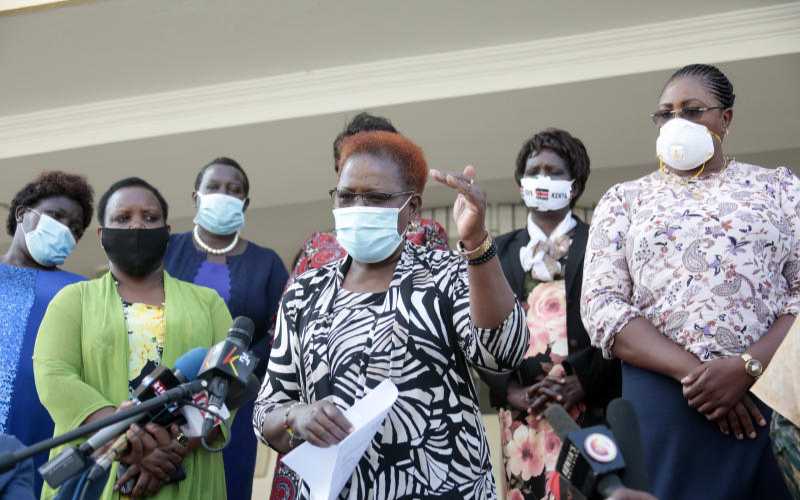×
The Standard e-Paper
Join Thousands Daily

File, Standard
One of the key institutions targeted by the proposed BBI constitutional amendments is Parliament. The framers of the 2010 Constitution wisely raised the bar for women representation in politics and charged us to ensure no less than a third of women comprise officers in state institutions.